Beautiful African Hair Styles
African Hair is not only a way to express creativity and personal style but also an opportunity to protect our hair from damage and promote healthy growth. Protective hairstyles are a fantastic way to shield your hair from environmental factors, excessive manipulation, and harsh styling tools. These hairstyles not only preserve your hair’s health but also offer versatility and low-maintenance styling options. In this article, we will explore 20 protective hairstyles suitable for various hair types.
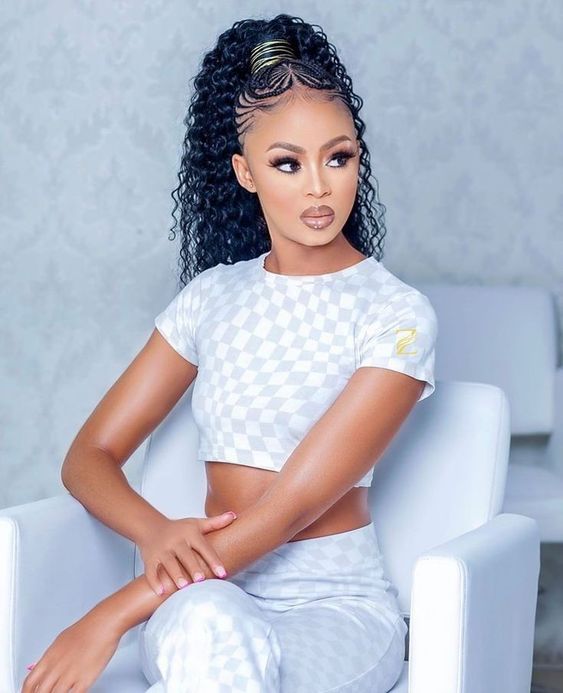 Do Protective Hairstyles Help African Hair Grow?
Do Protective Hairstyles Help African Hair Grow?
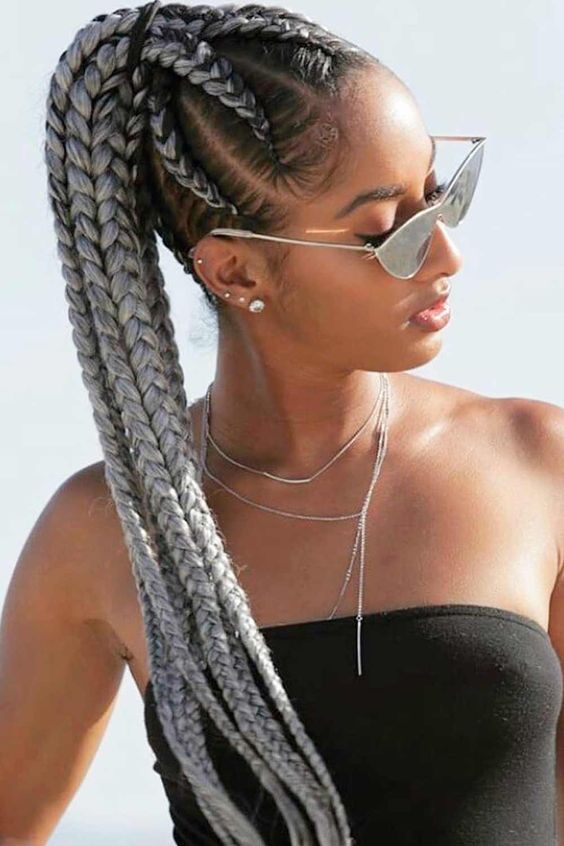 Protective hairstyles can indeed aid in promoting hair growth by minimizing damage and stress to the hair. These hairstyles are designed to protect the ends of the hair and reduce manipulation, which can lead to breakage and split ends. Here are some ways protective hairstyles can contribute to hair growth:
Protective hairstyles can indeed aid in promoting hair growth by minimizing damage and stress to the hair. These hairstyles are designed to protect the ends of the hair and reduce manipulation, which can lead to breakage and split ends. Here are some ways protective hairstyles can contribute to hair growth:
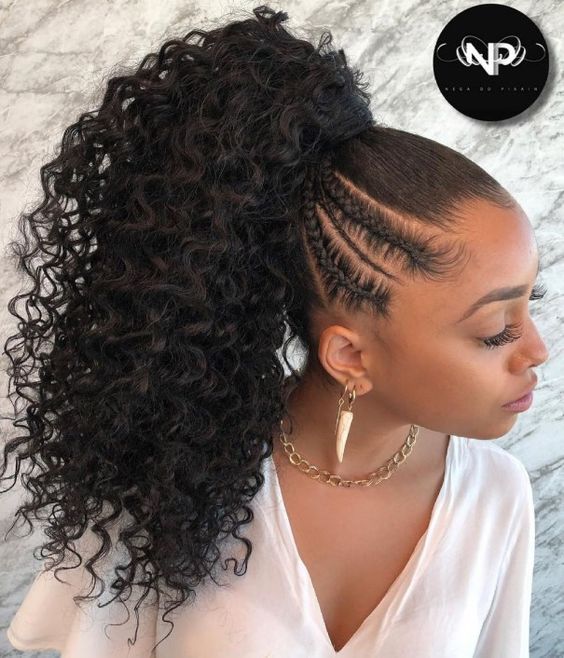 Minimize breakage: Protective hairstyles often involve tucking the ends of the hair away, protecting them from environmental factors and friction that can cause breakage.
Minimize breakage: Protective hairstyles often involve tucking the ends of the hair away, protecting them from environmental factors and friction that can cause breakage.
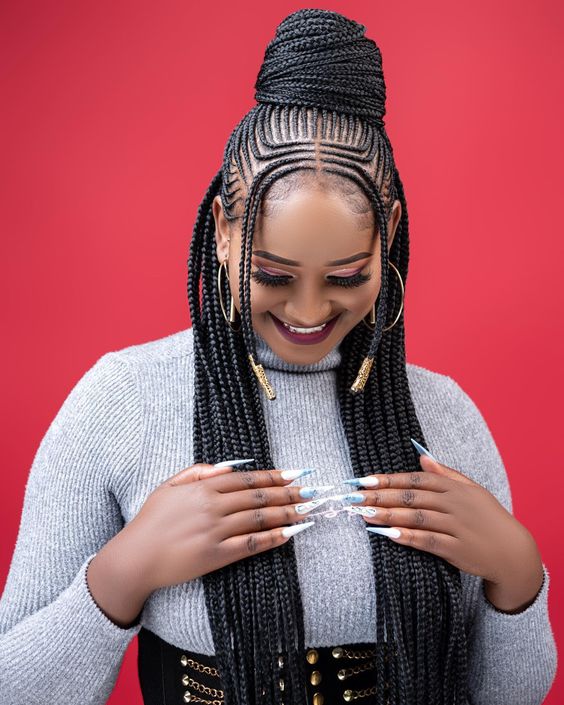 Retain length: By reducing daily styling and manipulation, protective styles can help retain the length of your hair, as you’re less likely to experience regular hair trimming due to damage.
Retain length: By reducing daily styling and manipulation, protective styles can help retain the length of your hair, as you’re less likely to experience regular hair trimming due to damage.
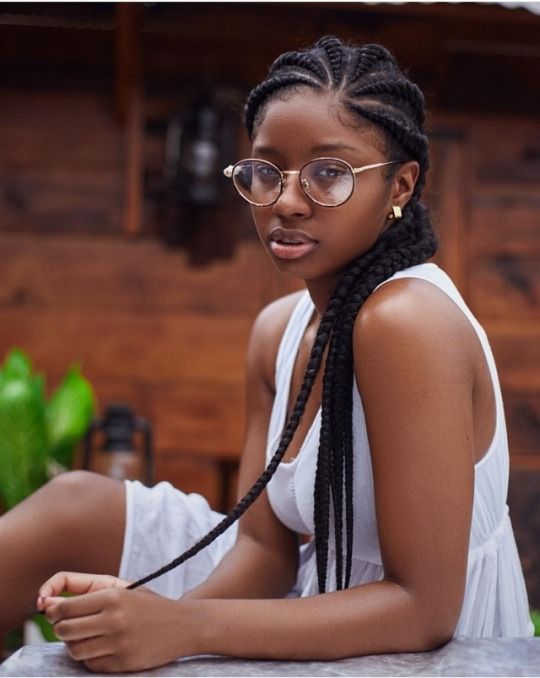 Preserve moisture: Protective styles can help retain the hair’s natural moisture, preventing dryness and breakage caused by excessive exposure to the elements.
Preserve moisture: Protective styles can help retain the hair’s natural moisture, preventing dryness and breakage caused by excessive exposure to the elements.
Reduce stress on hair follicles: Tight hairstyles, like braids or extensions, can sometimes pull on the hair, leading to traction alopecia (hair loss caused by tension on the hair follicles). However, properly installed and maintained protective hairstyles can alleviate this issue.
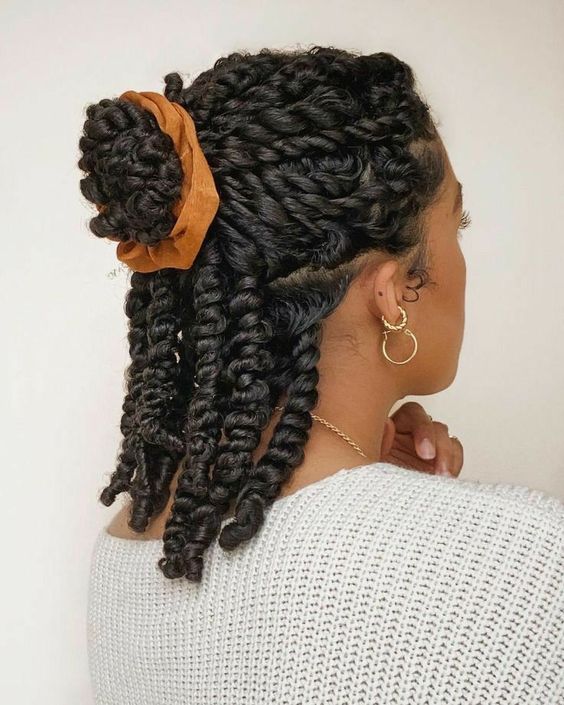 Shield from heat and styling tools: With protective hairstyles, you can reduce the use of heat styling tools and chemical treatments, both of which can be damaging to the hair when used excessively.
Shield from heat and styling tools: With protective hairstyles, you can reduce the use of heat styling tools and chemical treatments, both of which can be damaging to the hair when used excessively.
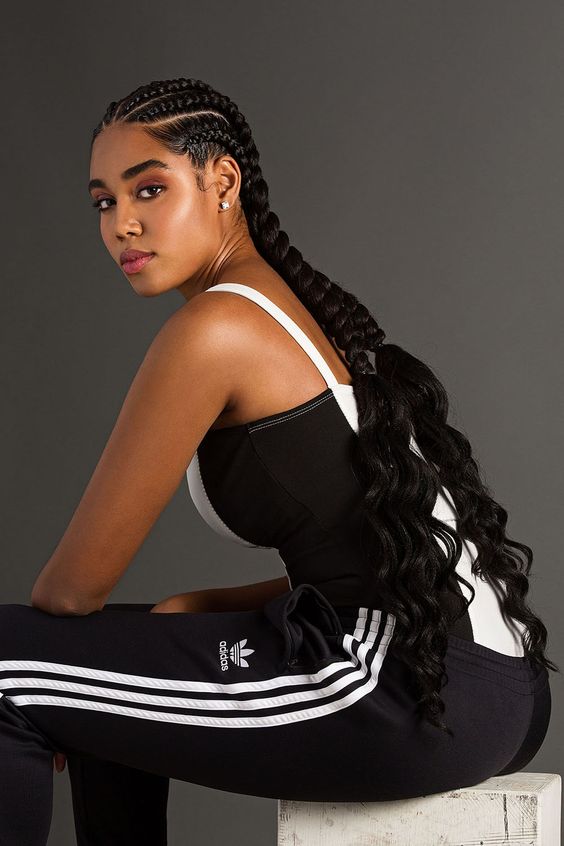 While protective hairstyles can help with hair growth, it’s essential to maintain them properly and avoid keeping them in for too long, as prolonged wear can lead to other hair and scalp issues. Also, remember that genetics, overall health, and proper hair care are also crucial factors in determining hair growth. A well-balanced diet, staying hydrated, and a healthy lifestyle can also contribute to the overall health and growth of your hair.
While protective hairstyles can help with hair growth, it’s essential to maintain them properly and avoid keeping them in for too long, as prolonged wear can lead to other hair and scalp issues. Also, remember that genetics, overall health, and proper hair care are also crucial factors in determining hair growth. A well-balanced diet, staying hydrated, and a healthy lifestyle can also contribute to the overall health and growth of your hair.
Are Protective Styles Good For Damages Hair?
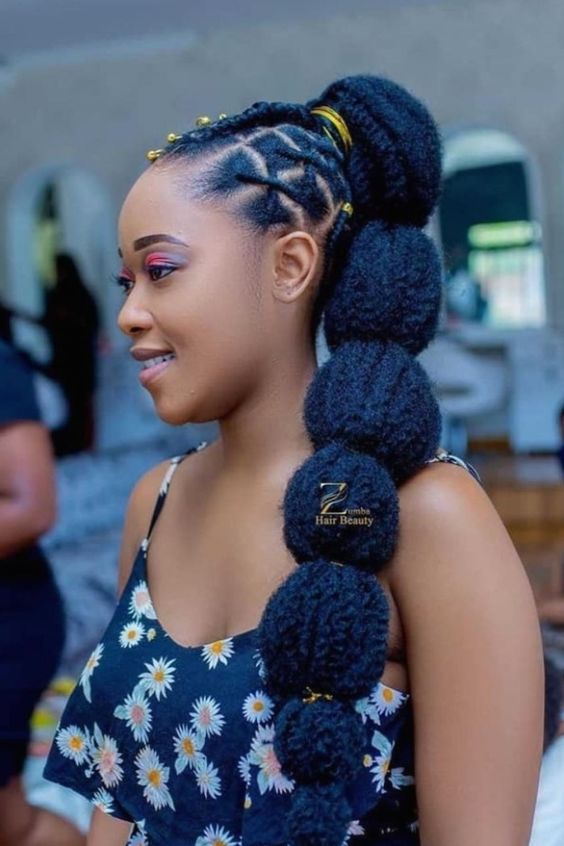
Protective hairstyles can be beneficial for damaged hair, but it’s essential to approach them with caution and consider the severity of the damage. Here’s how protective styles can help damaged hair:
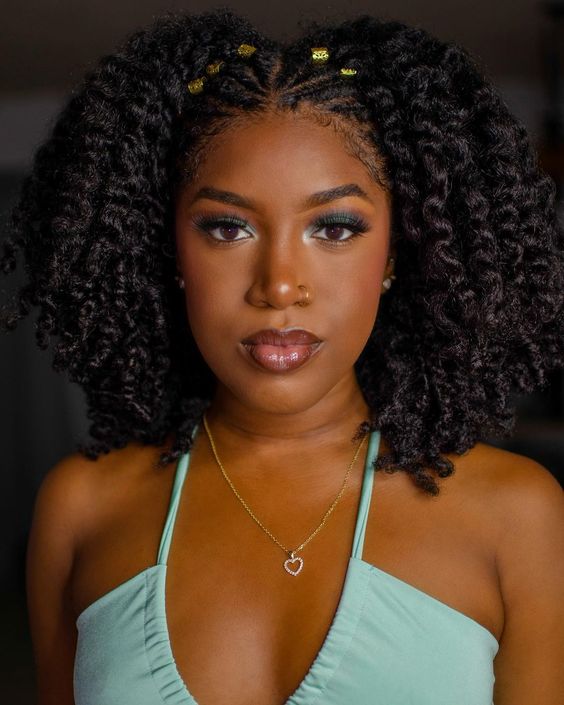 Minimize further damage: Protective hairstyles can prevent additional damage to already weakened hair. By reducing manipulation and limiting exposure to heat and styling tools, these styles can give your hair a chance to recover.
Minimize further damage: Protective hairstyles can prevent additional damage to already weakened hair. By reducing manipulation and limiting exposure to heat and styling tools, these styles can give your hair a chance to recover.
Encourage growth: As mentioned earlier, protective styles can promote hair growth by protecting the ends of the hair from breakage, allowing the hair to grow without constant trimming due to damage.
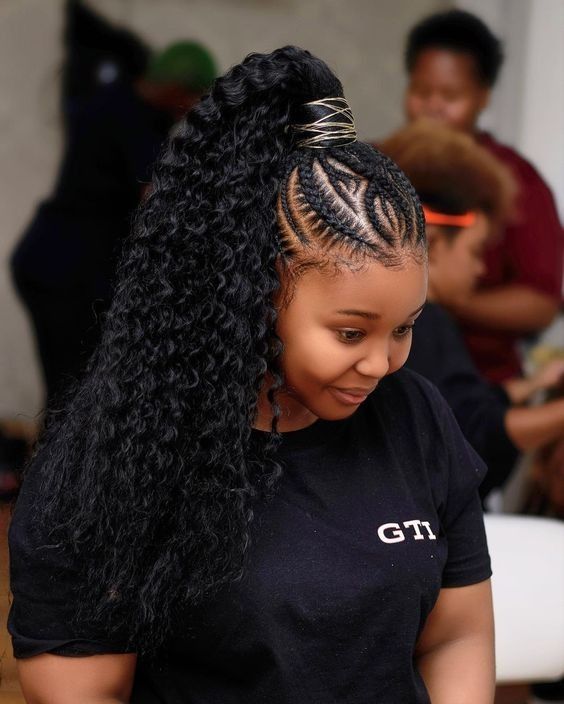 Retain moisture: Damaged hair tends to be more prone to dryness and breakage. Protective hairstyles can help retain the hair’s natural moisture, improving its overall health and reducing further damage.
Retain moisture: Damaged hair tends to be more prone to dryness and breakage. Protective hairstyles can help retain the hair’s natural moisture, improving its overall health and reducing further damage.
Offer a break from styling: Damaged hair is often more fragile and sensitive to styling, including brushing and combing. By wearing protective styles, you give your hair a break from daily manipulation, which can help it recover.
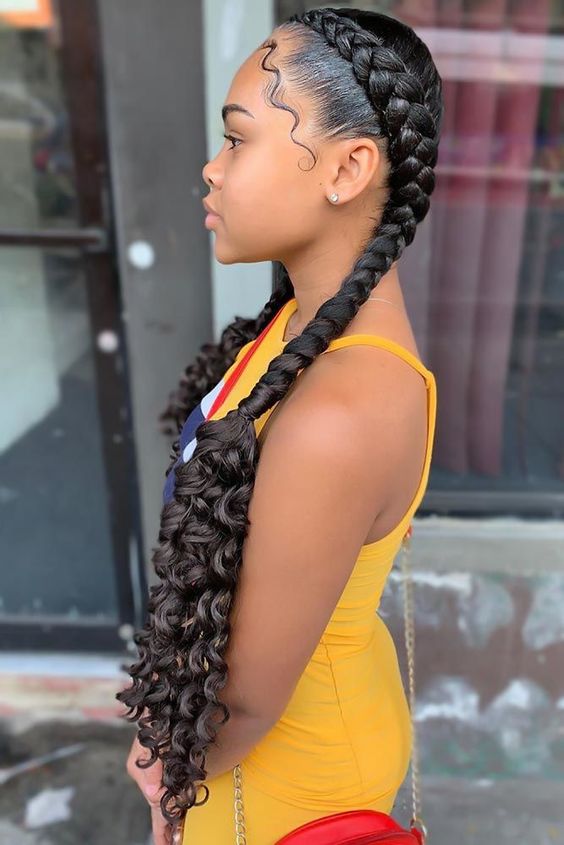 However, it’s essential to note that not all protective hairstyles are created equal, and some can cause additional damage if not done correctly:
However, it’s essential to note that not all protective hairstyles are created equal, and some can cause additional damage if not done correctly:
Too tight or heavy hairstyles can lead to traction alopecia, a type of hair loss caused by constant tension on the hair follicles. It’s crucial to ensure that the protective style is not pulling too tightly on the hair.
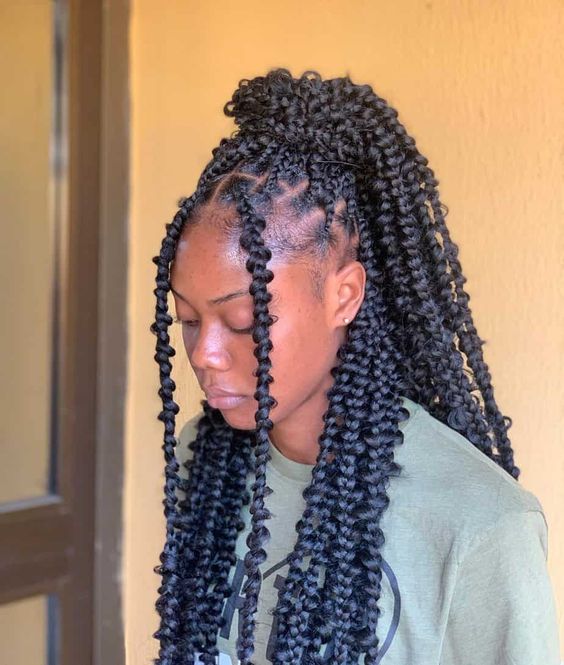 Incorrect installation or removal of hair extensions or braids can cause damage and breakage to the natural hair. It’s essential to have these styles installed and removed by a professional who understands how to care for damaged hair properly.
Incorrect installation or removal of hair extensions or braids can cause damage and breakage to the natural hair. It’s essential to have these styles installed and removed by a professional who understands how to care for damaged hair properly.
Prolonged wear of certain protective styles can lead to matting and tangling, which can be challenging to untangle and may cause more damage during the removal process.
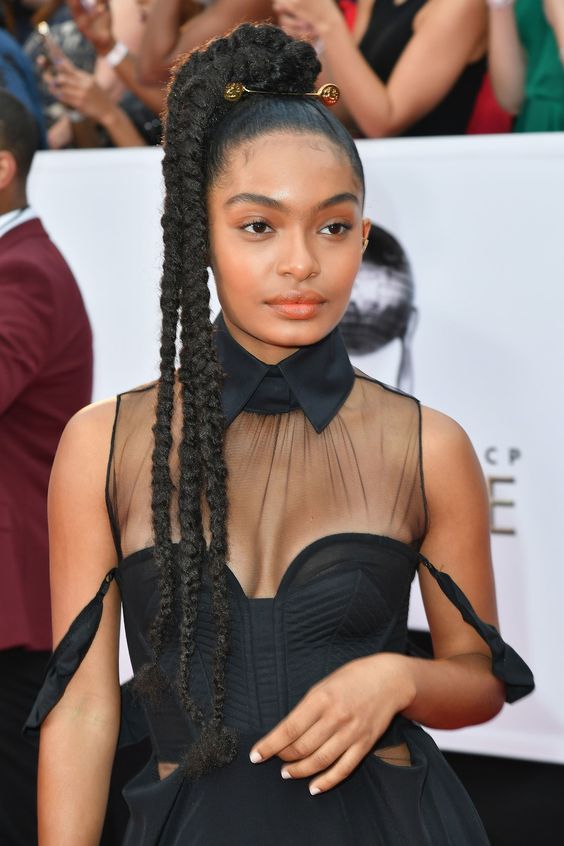 Before opting for a protective hairstyle, it’s a good idea to consult with a hairstylist who has experience working with damaged hair. They can assess the condition of your hair and recommend suitable protective styles that will not exacerbate the damage. Additionally, using moisturizing and repairing hair care products can complement the benefits of protective styling and aid in the recovery of damaged hair.
Before opting for a protective hairstyle, it’s a good idea to consult with a hairstylist who has experience working with damaged hair. They can assess the condition of your hair and recommend suitable protective styles that will not exacerbate the damage. Additionally, using moisturizing and repairing hair care products can complement the benefits of protective styling and aid in the recovery of damaged hair.
